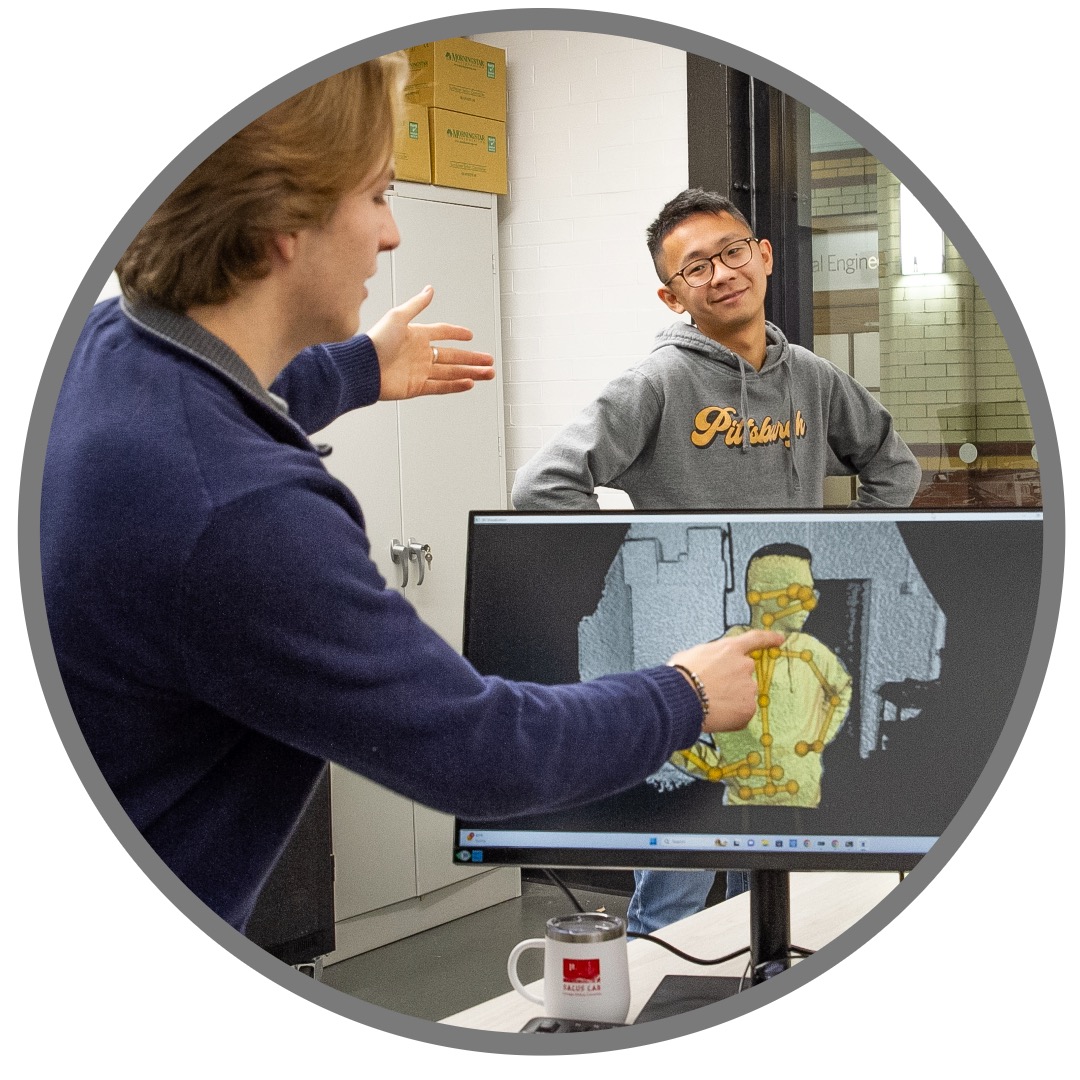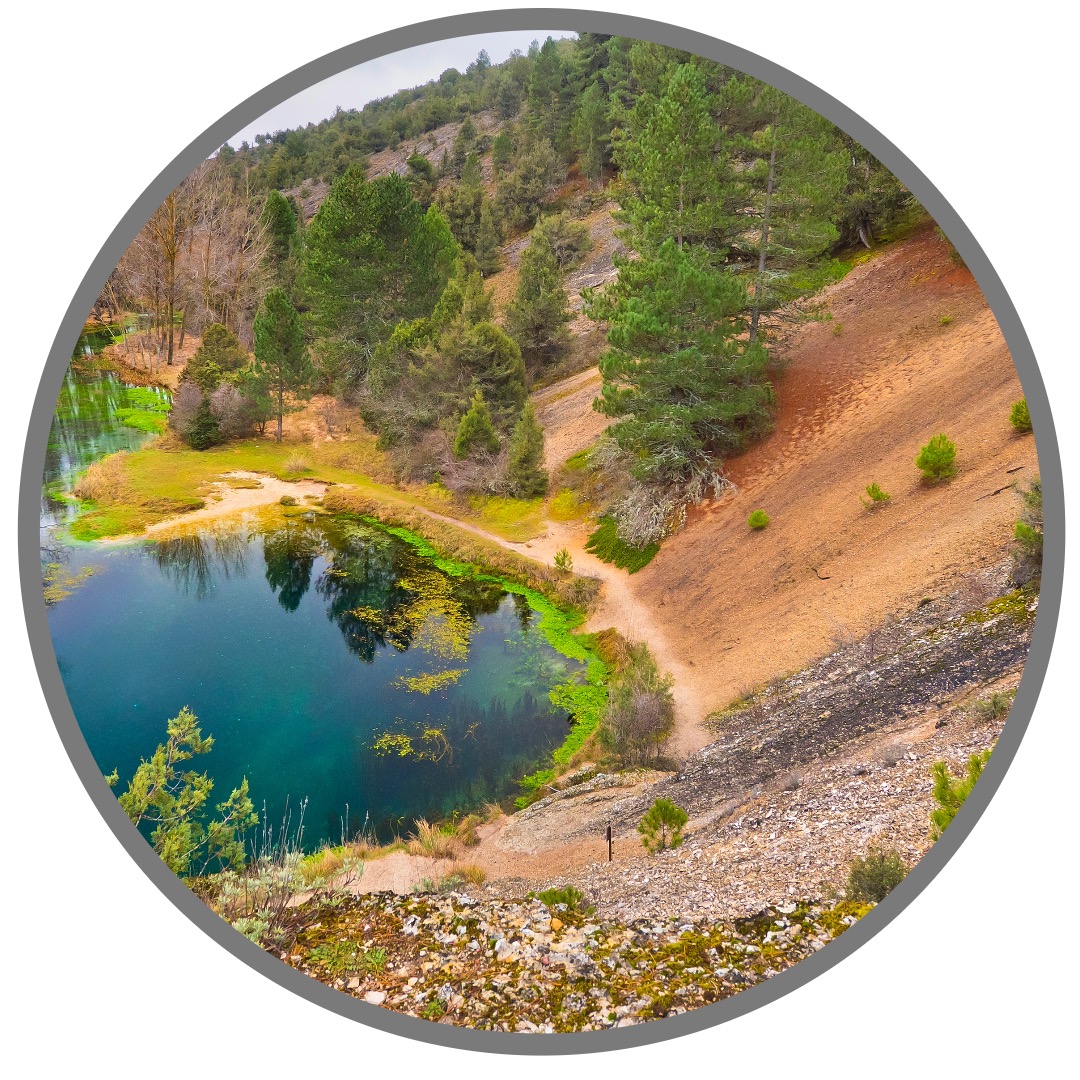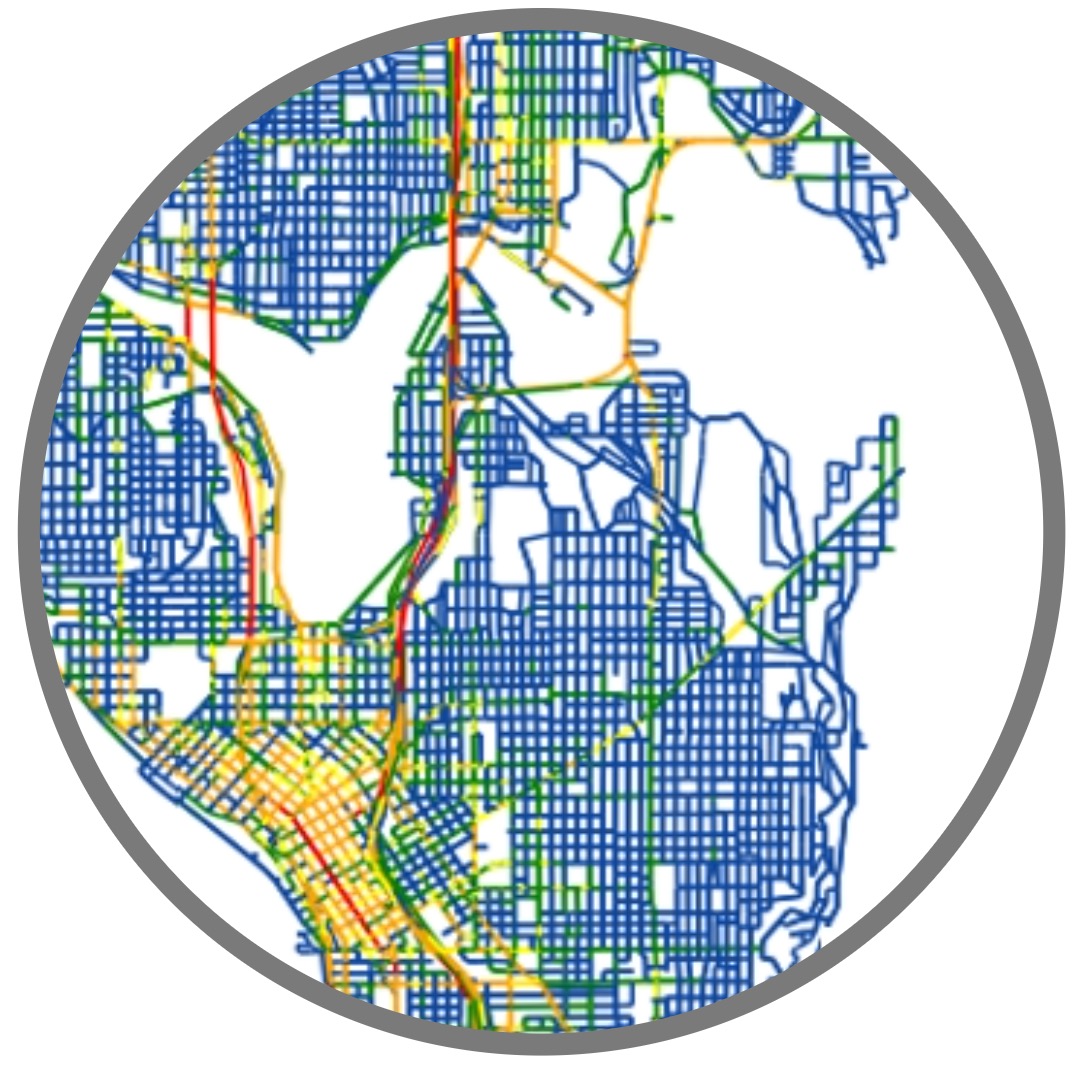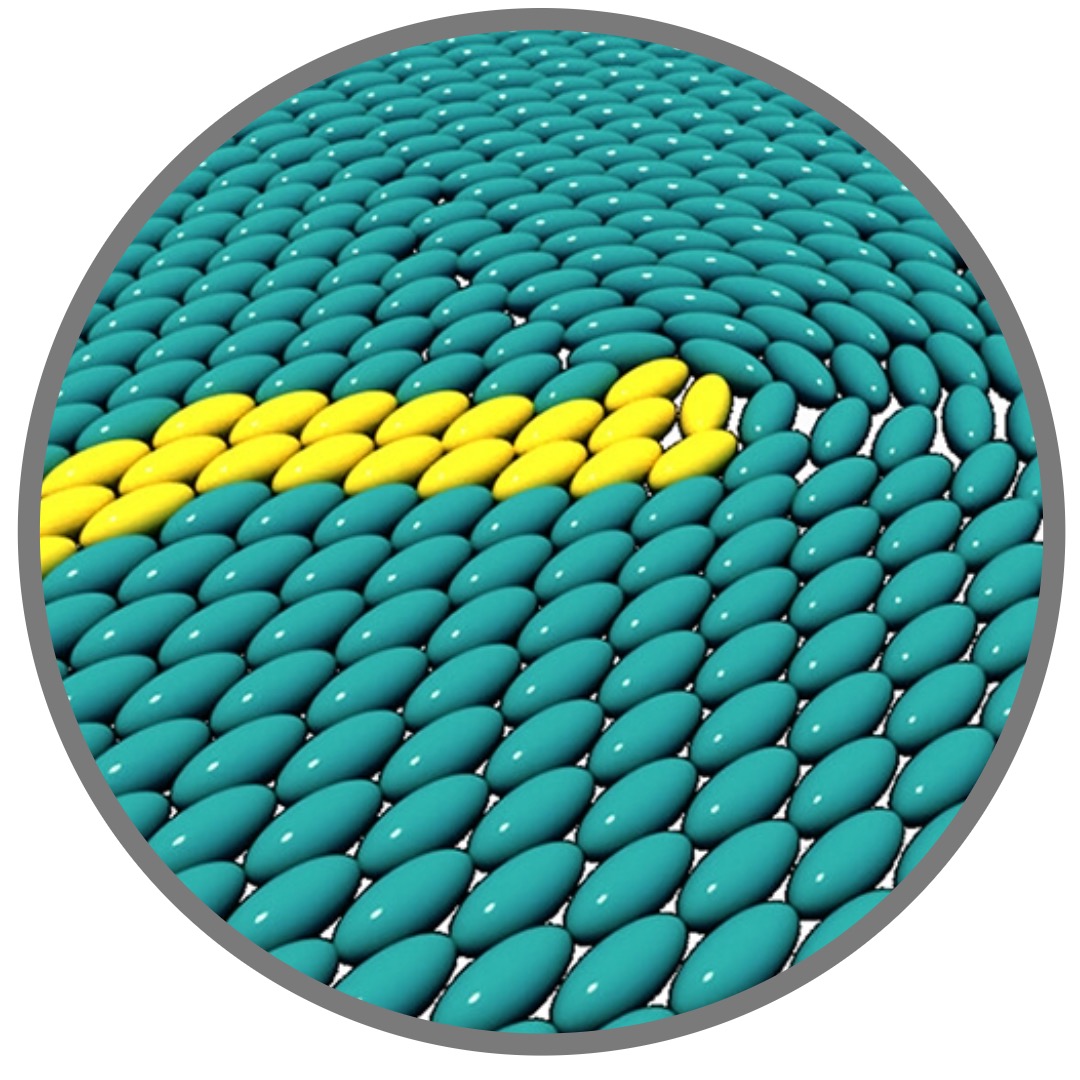
New Directions: Graduate Program Changes Reflect an Evolving Field and Future
As our society and infrastructure face the complex consequences of climate change, urbanization, and long-standing inequities, the Carnegie Mellon CEE faculty is leading the way to a new future. They’re developing innovative, equitable solutions through interdisciplinary research and industry partnerships—and educating the next generation of engineers to do the same.
As part of this work, CEE faculty have proposed a restructuring of our programs into four new areas of focus aligned with our departmental research, faculty expertise, and societal needs:
- Intelligent, Engineered Systems, and Society (IESS)
- Climate Resilient Environmental Systems and Technologies (CREST)
- Sustainable Energy and Transportation Systems (SETS)
- Mechanics, Chemistry and Materials (MCM)
“These areas have immense societal importance and position our students to tackle the world’s most pressing problems, while also reflecting our faculty research and our educational focus,” says CEE Department Head Burcu Akinci. “Hence, these areas inform what we teach in our programs and empower our students in becoming socially conscious problem solvers who will lead the world to a sustainable, resilient, equitable, and inclusive future.”
In our Master of Science program, students are able to choose to concentrate on any one of these four areas.
For each area, they can pick from a set of relevant courses recommended by our faculty, aligning their studies to their interests and goals. For maximum flexibility, MS students also have the option to fully chart their course from start to finish, supplementing classes from CEE with others from across the university.
Whether students prefer to take a predesigned pathway or blaze a new trail, they will work closely with a faculty mentor to create an academic plan that equips them to drive progress in their chosen field and society as a whole.
“The MS program offers our graduate students flexibility in choosing exactly what they want to study, with no predefined course requirements, and in co-designing their curriculum with their faculty advisors,” says Akinci. “At the same time, we ensure that every CEE student receives a strong foundation in important concepts like systems thinking, sustainability, and social justice.”
Pathway One: Intelligent, Engineered Systems, and Society (IESS)
 In the IESS pathway, students will explore how to use emerging technology to design, construct, and manage infrastructure systems. Courses will prepare students for enabling our built, natural, and digital environments to autonomously analyze and adapt to an uncertain, fast-changing future. Across their work, students will examine how to improve infrastructure performance, resilience, sustainability, and accessibility.
In the IESS pathway, students will explore how to use emerging technology to design, construct, and manage infrastructure systems. Courses will prepare students for enabling our built, natural, and digital environments to autonomously analyze and adapt to an uncertain, fast-changing future. Across their work, students will examine how to improve infrastructure performance, resilience, sustainability, and accessibility.
Where civil and environmental engineers once focused heavily on individual infrastructure components, today’s work necessitates an interconnected and multidisciplinary approach. Our IESS pathway emphasizes the intricate interaction and complexity of infrastructure systems as interdependent cyber-physical-social systems, and what this implies for their design, construction, and operation. Along the way, students will gain expertise in systems theory, information theory, decision theory, and artificial intelligence.
As part of its focus on autonomous decision-making, the IESS pathway examines how automation can cause inequity and bias—and discusses strategies to combat these concerns. IESS courses also promote responsible technology and data management that respects individual privacy and fosters community trust.
Pathway Two: Climate Resilient Environmental Systems and Technologies (CREST)
 For students passionate about developing sustainable and equitable environmental solutions for our future, the CREST pathway is the perfect fit. The CREST pathway helps students build an advanced understanding of complex natural and engineered environmental and water systems. In their studies, CREST students will work to develop solutions to manage water resources and addressing environmental issues and dive into topics like water reuse, stormwater management, and glaciers. Once students build knowledge and skills in these areas, they’ll practice applying innovative models and environmental technologies to engineer climate adaptation and mitigation strategies.
For students passionate about developing sustainable and equitable environmental solutions for our future, the CREST pathway is the perfect fit. The CREST pathway helps students build an advanced understanding of complex natural and engineered environmental and water systems. In their studies, CREST students will work to develop solutions to manage water resources and addressing environmental issues and dive into topics like water reuse, stormwater management, and glaciers. Once students build knowledge and skills in these areas, they’ll practice applying innovative models and environmental technologies to engineer climate adaptation and mitigation strategies.
The CREST pathway features interdisciplinary courses and opportunities for cutting-edge research at every scale, from nano to global. Student work will leverage experimental, field, and computational approaches.
Across the curriculum, students will also build strengths in risk assessment, data analytics, machine learning, artificial intelligence, environmental justice, and cyber-physical-social systems.
Pathway Three: Sustainable Energy and Transportation Systems (SETS)
 As the energy and transportation sectors evolve, our communities need forward-thinking engineers to devise equitable and innovative infrastructure solutions. Our new SETS pathway equips graduate students with advanced interdisciplinary knowledge of emerging trends and technology in these areas. Using new modeling and simulation techniques for buildings, transportation systems, and more, SETS students will tackle how to optimize both infrastructure efficiency and management.
As the energy and transportation sectors evolve, our communities need forward-thinking engineers to devise equitable and innovative infrastructure solutions. Our new SETS pathway equips graduate students with advanced interdisciplinary knowledge of emerging trends and technology in these areas. Using new modeling and simulation techniques for buildings, transportation systems, and more, SETS students will tackle how to optimize both infrastructure efficiency and management.
SETS students will gain the problem-solving and technical abilities to become leaders in smart mobility and energy systems. In mobility, students will learn about public transit network analysis, shared mobility, and transportation modeling. They’ll also discuss policy and decision-making around autonomous and electric vehicles and climate-resilient transportation systems.
On the energy side, students will delve into the challenges of energy poverty, sustainable energy transitions, building energy management, and sustainable autonomous building design. Students will also establish skills in uncertainty analysis, spatial analysis, data analytics, control systems, and probability and estimation methods.
Pathway Four: Mechanics, Chemistry and Materials (MCM)
 The MCM pathway prepares future engineers to be experts on the complex behaviors of both synthetic and natural materials, including deformation, flow, reaction, and transformation.
The MCM pathway prepares future engineers to be experts on the complex behaviors of both synthetic and natural materials, including deformation, flow, reaction, and transformation.
Across the program, MCM courses emphasize how to apply scientific knowledge to needs around climate change, water and food scarcity, natural disasters, clean energy, sustainable materials, and resilient urban systems.
The MCM pathway starts with a foundation in programming, numerical methods, probability, and estimation. From there, students will gain a deep understanding of material behavior, structural integrity, and the mechanics underlying various engineering systems. They’ll also explore the chemistry of air quality, water resources, and wastewater treatment.
These courses equip students to analyze, mitigate, and manage key chemical processes that impact environmental systems. By the time they graduate, MCM students will be ready to solve complex engineering problems utilizing experience in advanced modeling, high-performance scientific computing, and lab and field experimentation.
A New Future
In every program, CEE strives to prepare engineers with the skills and mindset to work as agents of positive change for local and global communities.
“An important thread in our planning was the idea of socially just, equitable solutions,” shares CEE Professor Greg Lowry, who worked on developing the new pathways alongside faculty in each area. “We need to be thinking about a future that is more just and equitable, and that starts with our civil infrastructure systems. That is a core concept we want to come through in what we teach.”
The impact of these new directions for CEE will go beyond the master’s degree. They will inform everything from PhD topics to undergraduate research. Students at all levels will learn about the cutting-edge applications and research occurring in the department and across the disciplines. In these ways, CEE faculty will continue equipping students to be change-makers and leaders who redefine the boundaries of civil and environmental engineering.
“We don’t conform to the very traditional disciplinary approach,” says Lowry. “We offer forward-looking, interdisciplinary innovation. Our students are at the edge of technology and will learn how to bring new technologies and advancements into the field and the practice. Where others may have been trained to keep doing what the field has always done, our students will reinvent how we do things to make the world better.”